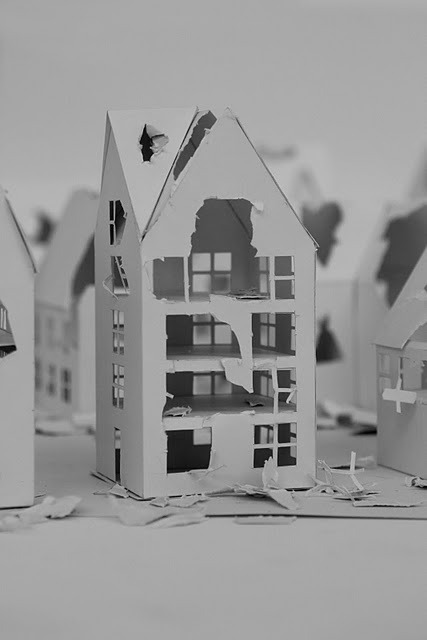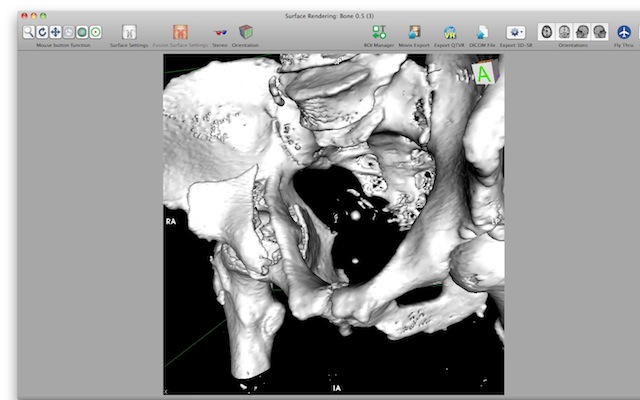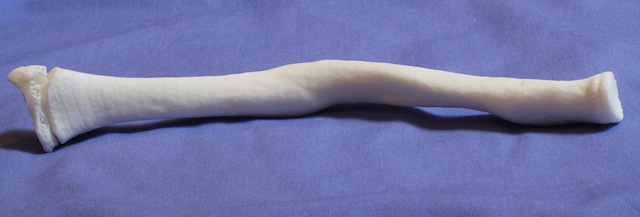Designing Postmodernism, Part 8: Coup de Grace:

Postmodernism opens in one short week and we've now finalized the exhibition, ready for press previews. I thought I'd write one last post on the exhibition-making process, focusing on the installation of the objects themselves. This may seem like the most straightforward aspect of the project - just set the chairs on plinths, hang the drawings on walls and put the pots in cases. But seeing the V&A team (led by Andy Monks) at work, and seeing the formidable organizational powers of
Rosie Wanek and her team of Exhibition Officers, has been a constant education in the precise arts of object handling and display. You don't realize what is involved in a show of this scale til you've seen these folks handling objects of every shape and size.


I've already covered many of the design issues that we think about when installing: creating an overall impression composed of 3D and 2D elements, and ensuring that the lighting is at its optimum (a game of angles). But when the objects actually arrive - about half of them are loans - there are always surprises. Usually these are pleasant ones, as you're reminded of the visual charisma of each work (often I haven't seen them for years, or in a few cases am seeing them for the first time). Of course, just seeing these objects up close and personal is a wonderful experience - it's not too often you get to examine an original Michael Graves architectural model, or for that matter David Byrne's footwear, at such close quarters.


The safety of each object is paramount in the installation process. Every object in the show has a thin sheet of "Melanex" under it, which prevents it from sticking to the painted surface of the exhibition set over the course of 4 months - these need to be carefully cut out by hand to match the feet of chairs and the bottoms of teapots. Mount maker Roger Murray hand-crafts specialist props for jewelry and other delicate objects.


All loan objects are exhaustively 'condition checked' by conservators when they arrive, so we can ensure that no damage has occurred en route and know exactly what shape the objects were in when they came through the door. Here are two of our team, furniture conservator Carola Scheuller and paper conservator Victoria Button at work. Victoria is condition-checking one of the detergent boxes from Haim Steinbach's sculpture 'supremely black.' She reckons that was a career first.



We keep direct handling of the objects to a minimum, in a few cases even using props to establish a location before putting a particularly fragile item on the plinth.


Objects are always carried on carts in baskets, or on trolleys, never by hand - which results in some pretty amazing sights as great artworks roll by on wheels.



During the past couple of weeks we've also finalized the AV and lighting - I have
posted on this before, and to really appreciate it you have to be in the space. But
here is a terrific animation by our AV designer, Lol Sargent, which gives an impression of the timed video display in our 'club space' eaturing Klaus Nomi, Grace Jones and David Byrne.

And I can't think of a better way to round out this series of 'behind the scenes' views of the show than a few images about the one-and-only Grace Jones, who we've adopted as the icon of the exhibition. Her ex-partner and design guru Jean Paul Goude has been the highlight of the installation process; with his team of specialist fabricators and lighting designers, he came to put the reconstruction of the now-famous 1978 'Neo Constructivist Maternity Dress' in place. Originally this was made of cardboard and only meant to last a few hours - Jones wore it for her own baby shower, at 4am in a New York gay club. (File that one under wish you'd been there.) Goude re-designed the outfit for this reconstruction, working with fabricator Rob Whittle - a British craftsman who has lived in France for over twenty years - to create a more permanent version in felt-covered aluminum. Here's are Goude and Whittle assembling the ensemble after uncrating.


Goude couldn't have been more charming and helpful in providing this final
piece de resistance for our exhibition. Thanks to him, and to everyone else who helped with this amazing project. See you at the exhibition!






































